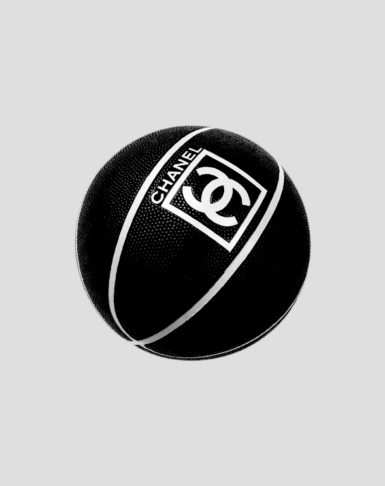This article originally appeared on Transform Magazine.
The rationale behind most high-profile acquisitions is usually evident – to bolster technological capabilities, integrate vertically or expand into new categories, among them. How do these acquisitions fit into a company’s existing brand architecture?
With any acquisition, leadership will face questions regarding the desired relationship between the acquiring and acquired brands. In many cases, an acquisition fits neatly into the parent company’s portfolio, as is. However, some acquisitions risk confusing audiences and create uncertainty for investors about the future of the parent company – we’ll call these ‘stretch’ acquisitions.
Amazon’s acquisition of Whole Foods and Walmart’s purchase of Bonobos are two examples where the nature of the acquired businesses seemed far-removed from the core capabilities of the parent company. Given the exponential speed of innovation and corporate consolidation, these head-scratcher acquisitions are likely to continue. It’s critically important that the strategy behind – and relationships between – parent companies and their acquisition targets are clearly communicated.
Most companies employ one of three brand architecture models: a branded house (think GE or Virgin), a house of brands (think P&G) or a hybrid of the two (think Marriott). Typically, companies integrate acquisitions based on their existing model, and in many cases an acquisition won’t break the mould or terribly alter the existing brand architecture.
By its nature, a stretch acquisition likely won’t fit neatly into an existing brand architecture and – if significant enough – might completely reorient the business, necessitating a reevaluation of the brand architecture model. The following considerations are key to validating stretch acquisitions and placing them in the context of a corporate story and brand portfolio.
How does this chapter fit into the story? Many companies deliberately choose a brand architecture model for strategic benefits, but few understand its role as a storytelling vehicle. Brand architecture includes the organising principle that determines where offerings sit and how customers navigate the portfolio, providing a way of communicating value to various audiences.
For example, PepsiCo organises its brands as ‘good for you,’ ‘better for you,’ or ‘fun for you.’ This brand architecture communicates product attributes at a basic level – in this case, hinting at nutritional value – using approachable, easy to understand language.
Another organisation that uses brand architecture as a compelling storytelling vehicle is the YMCA, which organises offerings under the categories of ‘youth development,’ ‘healthy living,’ and ‘social responsibility.’ By organising its offerings in this way, the YMCA uses its brand architecture to signal that it provides much more to communities than fitness facilities.
Stretch acquisitions present an opportunity to tell a new part of the parent company’s story, potentially to new audiences. Likewise, their place in the portfolio should be one of strategic importance that is communicated externally.
Brand architecture also includes the visual/verbal relationship between brands in a portfolio – which could be an endorsement, shared design cues or no relationship at all. To ascertain the optimal degree of connection, there are a few important factors to consider. First, is the acquisition meant to signal the parent company’s arrival into a new category? Second, did the parent company acquire for a piece of technology/capability that will benefit other parts of the portfolio? Is the acquisition a reaction to actions or announcements made by competitors? And finally, is the acquisition performing well financially, or does it present a turnaround opportunity?
The answers to these questions will help make the case for a strong connection between parent and acquired brands (for example, an endorsement in the logo), or a weak one (a standalone sub-brand).
Where there are notable differences between the audiences of both brands, the parent company may risk negative associations and a degree of separation is necessary to keep both brands successful. By contrast, if the parent company wants to move deliberately into new categories, negative associations may be acknowledged but ignored in favour of a closer relationship.
Financial considerations can also have significant impact on the portfolio. Does the parent company have the budget and proper mechanisms to adequately manage more than one brand? The capabilities of the parent company’s brand team effectively dictates the number of brands that can reasonably coexist in the marketplace.
Stretch acquisitions are likely to become more popular as corporations capitalise on emerging technologies and hot startups. When leadership has a clear understanding of the value its brands provide to various audiences, and a clear idea of how a stretch acquisition will support and grow its value, brand architecture becomes an exercise in logic – and simplicity. When integrated thoughtfully and purposefully, stretch acquisitions can transform portfolios and reshape perceptions, with major financial impact.


